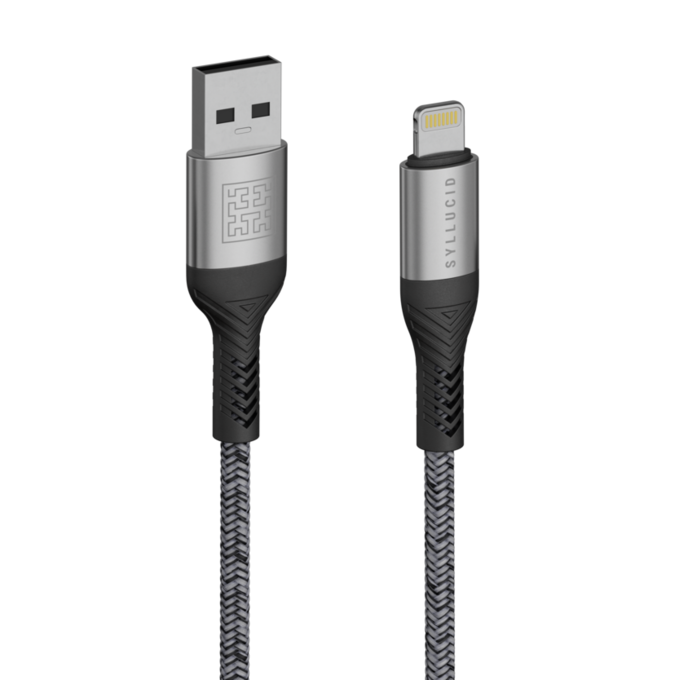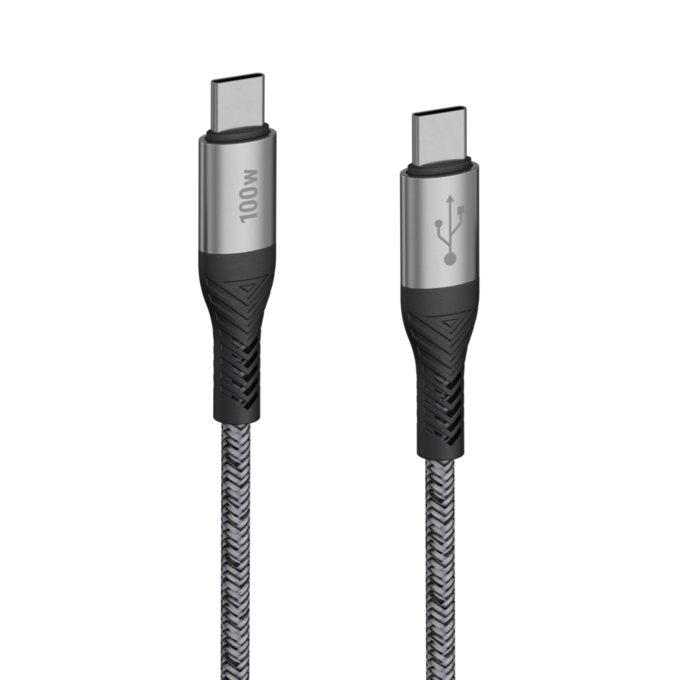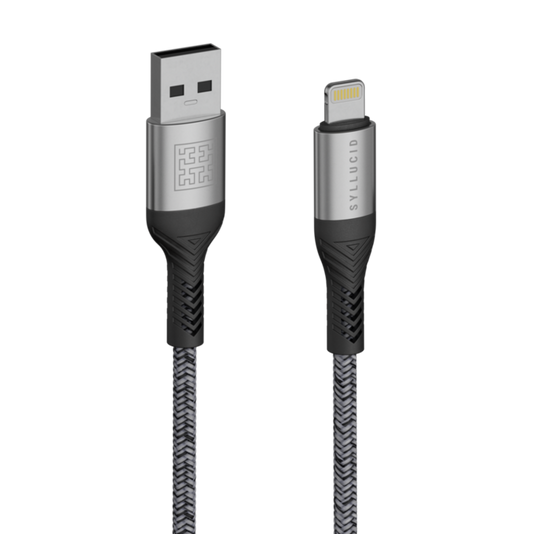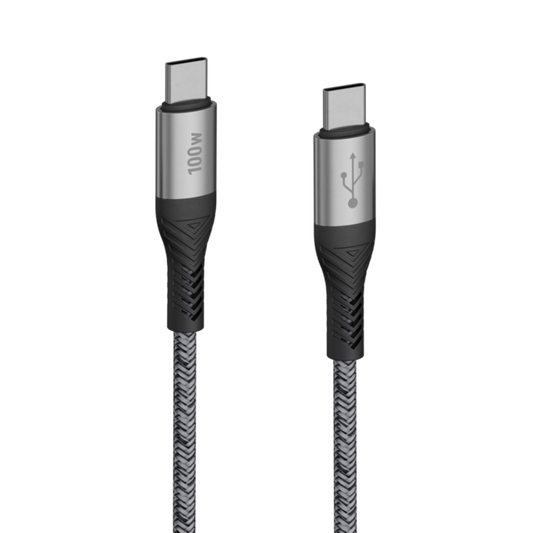From carbon emissions to water pollution, what are the main environmental risks when mining and processing metals? And what techniques help to reduce the damage to the planet? Here are some key facts about mining’s impact on the climate so you can feel more informed when buying electronics.
Did you know there’s gold in your USB cable? And there are up to 60 different metals in your smartphone?
Humans have been extracting useful and valuable minerals like gold and copper from the ground for millenia. Yet only more recently have scientists been warning of mining’s significant environmental impacts on the earth’s natural ecosystem and climate. Our appetite for electronic devices is putting pressure on the planet.
 Giant copper orb shows how much metal comes from a mine. 'Nababeep South Mine', South Africa © Dillon Marsh
Giant copper orb shows how much metal comes from a mine. 'Nababeep South Mine', South Africa © Dillon Marsh
The mined metals in your smartphone are from all over the world. Your mobile phone is powered by precious metals like copper, lithium, gold and cobalt. Unfortunately, the journey of metals from the ground to your devices has a large carbon footprint.

Diagram of a product life cycle when made from mined resources. Each stage contributes to its total carbon footprint. Earth.org
The world mined 2.8 billion tonnes of metals in 2021. “If we don’t improve the way most metals are mined, our world will be in real trouble,” says Fabian Hühne, MD and Co-Founder of Syllucid. “With nearly 7 billion smartphone users in 2023, there will always be a demand for new technology and mining will continue to happen. It’s crucial that we improve the way we mine metals and use recycled metals to reduce the damage to the environment.”
Here are some key facts about mining’s impact on the climate, plus possible solutions, so you can feel more informed when buying electronics.
How does metal mining and processing impact the climate crisis?
1. Rising carbon emissions
Greenhouse gas (GHG) emissions are one of the main causes of rising global warming. Surprisingly, mining industries account for approximately 4% - 7% of global greenhouse gas emissions. From that, the ICT (information and computer technology) sector contributes to 1.5 - 3%. That’s still a substantial number equivalent to the aviation sector.
Added to that, refining raw metals and manufacturing products like electronics requires significant energy. For example, the extraction of aluminium, copper, and gold are particularly energy-intensive processes and can generate large amounts of CO2.
2. Deforestation: Industrial mining deforests the important lungs of the planet.
We all know how important forests are for the climate because they reduce the amount of carbon sequestered in vegetation and soils, and emit oxygen. The loss of forests can displace wildlife, destroy natural biodiversity and disrupt local ecosystems.
Interestingly, an estimated 44% of all operational mines lie in forests. Deforestation from mining means the loss of forested areas in countries like Indonesia, Brazil, Ghana and Suriname, four countries that experience 80% of global deforestation caused by industrial mining.

'Suriname General in Park', Suriname, South America © Erlan Sleu
3. Thirsty production: Lakes of water are essential for mineral processing
To make an iPhone, about 3,400 gallons (13,000 litres) of water is used in the manufacturing process. It would take the water in an average-sized lake to make only 20 iPhones.
Because mining operations require large amounts of water, this can lead to over-extraction of water resources. This brings negative impacts on the local communities and wildlife that depend on those resources.
4. Water pollution
The mining process generates a lot of waste and toxic chemical by-products. If not properly treated it can lead to water pollution and pose a risk to health and the environment. For example, children in Peru have been found to have chronic exposure to toxic heavy metals which can lead to serious health concerns.
5. Tailings and slurry: Toxic waste material
If not properly managed, mining can lead to the release of toxic compounds, like mercury, into the environment. These tailings can also contain heavy metals and radioactive materials, which can be harmful to human health and the environment if they are not properly contained. In some cases, some tailings lead to an output like a dam that is never treated with the hopes that it won’t leak into the environment.
Tailings can cause climate disasters like erosion and sinkholes, as well as contaminating soil and water supplies, and the plants, animals and people living there.
Even worse, the areas where mining is most common are most negatively affected by the climate crisis. Often in the global south, which has less developed countries, is characterised by large inequalities in living standards, low level of economic development, and low life expectancy.
6. Artisanal Mining: A need to formalise
Strict international regulations have dramatically reduced pollution caused by mining however it is still a problem in many developing countries where low-tech ‘artisanal mining’, illegal small-scale operations, occur. Subsistence mining often has unsafe working conditions where miners risk shafts collapsing and toxic poisoning. There is also sometimes child and enslaved labour, and the poor management of sites pollutes the environment in the region.
While it’s difficult to identify and shut down small operations, an estimated 40 million people earn their living from artisanal mining, so it would decrease economic stability and increase poverty if those mines are closed. By formalising the sector, giving proper access to international markets and improving working conditions of artisanal mines, it would also make them more sustainable but keep many people's jobs.

'A young girl breaks up rock at an abandoned state-owned copper mine in the city of Kipushi in the Democratic Republic of Congo', May 10, 2012, © John Lehmann / The Globe and Mail
Environmental solutions for metal mining
Overall, it's clear that the mining industry contributes significantly to the climate crisis. While metal mining has negative impacts, it is also a sector that is not easily replaced as we rely heavily on metals for technological advances and different industries like steelmaking, construction, chemicals and energy (batteries). Finding sustainable ways to extract and recycle metals will be an important step forward.
Which solutions could reduce the negative impact of metal mining, processing and manufacturing? With proper regulations, mitigation strategies, and more sustainable mining practices, it's possible to minimise these impacts and extract metals in a more environmentally responsible way. This could include an increase in underground mining where metal ore is extracted below the surface with minimal ecological scarring of the Earth’s surface and less waste. Or Phytomining where plants accumulate high concentrations of metals in their roots which can then be processed. We need to see more (agro)reforesting initiatives in mined areas. Plus the implementation of more toxic waste management.

Phytofarming: '© Antony van der Ent
At Syllucid, we are working on fair and sustainable USB cables and reduce climate impact in many ways. Firstly, by supporting Fairtrade Gold which works to improve safe working conditions, social development, environmental protection and organisational development. We donate to agroforestry impact projects with PUR projects. We also use circular methods for recycled materials in our cables for example, recycled and conflict-free tin solder from Stannol and recycled nylon plastic.
To add, the design of our ‘Syllucid Charge’ magnetic cables reduces the need for multiple cables because the modular magnetic connector work for multiple devices. Improved cable durability also means they last longer than cheaply made cables that break easily.

Syllucid Charge USB cable so you can charge multiple with one fair, sustainable cable
What are the challenges? Tracing the supply chain is almost impossible so it’s challenging to know where all the metal in our cables come from. As we gain clarity on sourcing metals, we act as an example for other electronics companies.
Everyone with a phone, laptop, tablet, e-reader, headphones or speakers needs a USB cable. Make sure you research and shop from sustainable electronics brands that have a mission and actionable examples to reduce climate impact. Recycled plastic cables are good, but there’s so much more companies can do! The best way to change the industry is through example. So that’s why we are making progress with every batch. Discover more about sustainability here.






